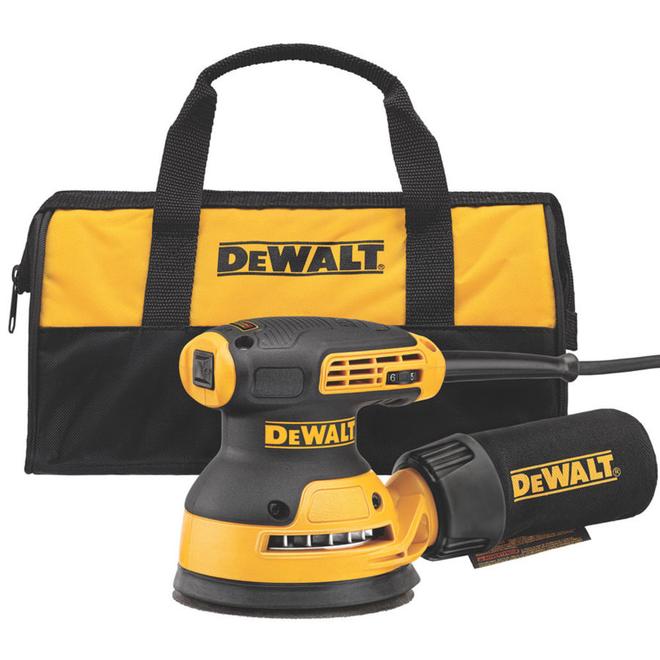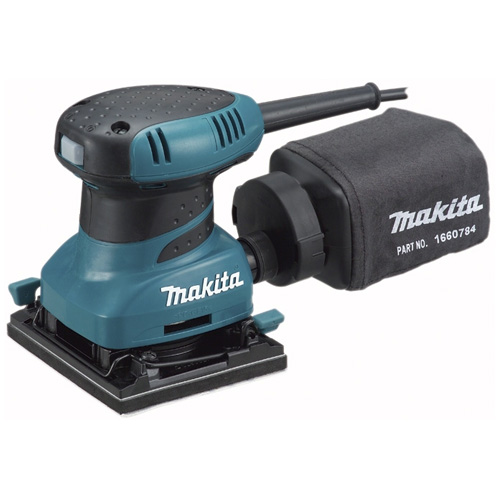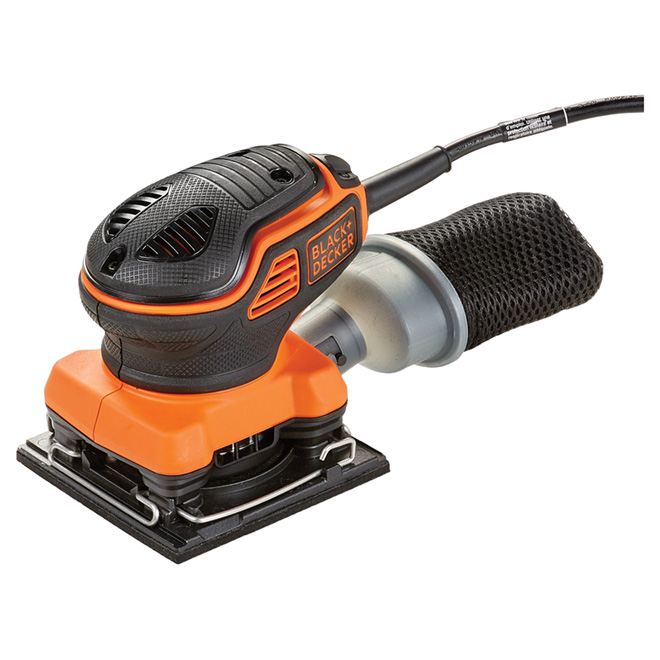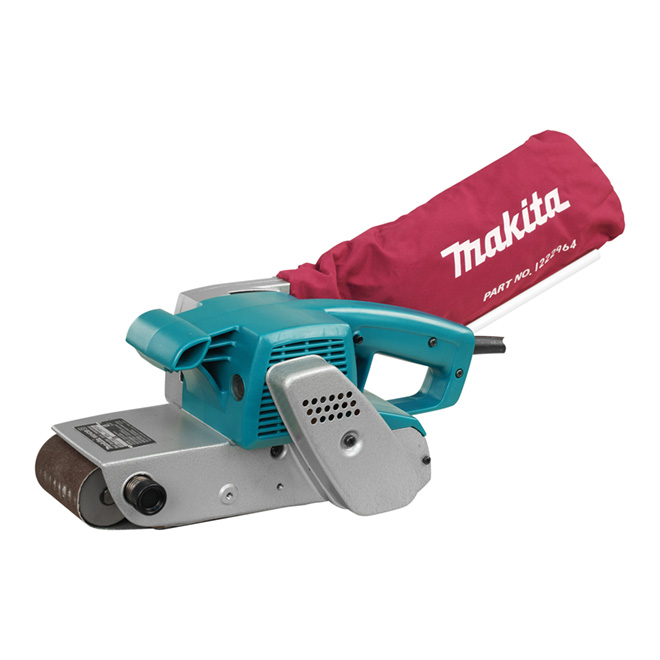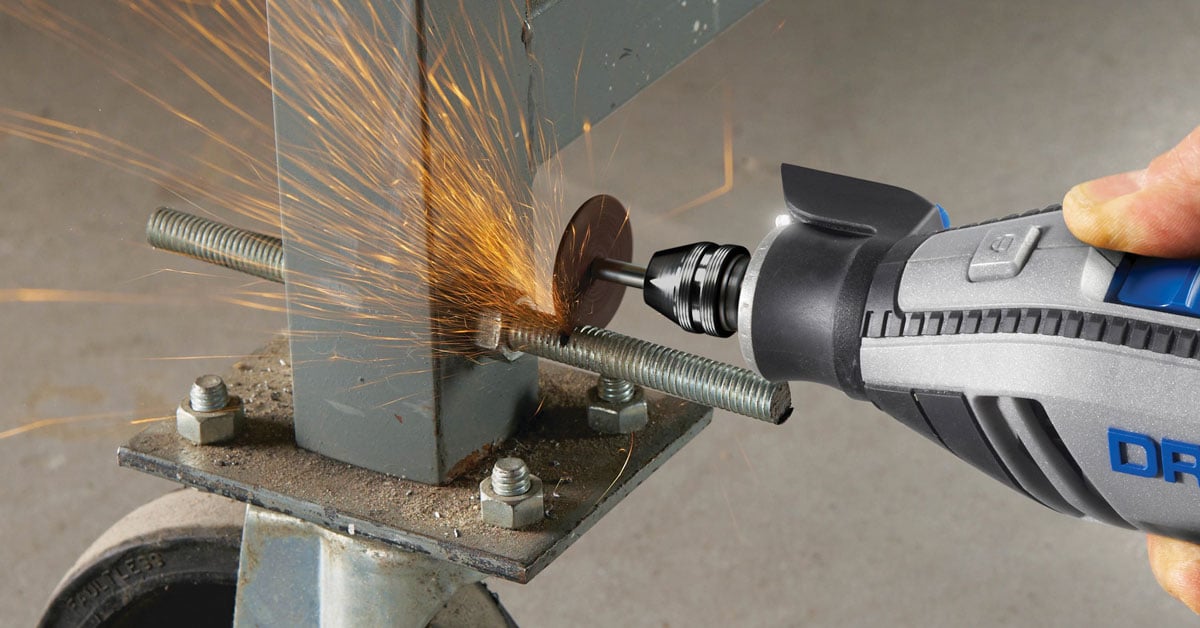Operating principles of electric sanders
The sanding action of portable electric sanders is based on one of the following three principles: oscillation, elliptical rotation, and reciprocal motion.
- Oscillation: the oscillating motion of sheet sanders is always in the same direction; micro-oscillation is often confused with vibration. This movement is associated with sheet sanders.
- Elliptical Movement and Rotation: The sandpaper disk spins while moving in an elliptical pattern. This elliptical movement is associated with random orbit sanders.
- Reciprocal: The motor in a belt sander vibrates in a reciprocating movement, running the sandpaper clamped to a rectangular base in a straight line, backward and forward motion.













